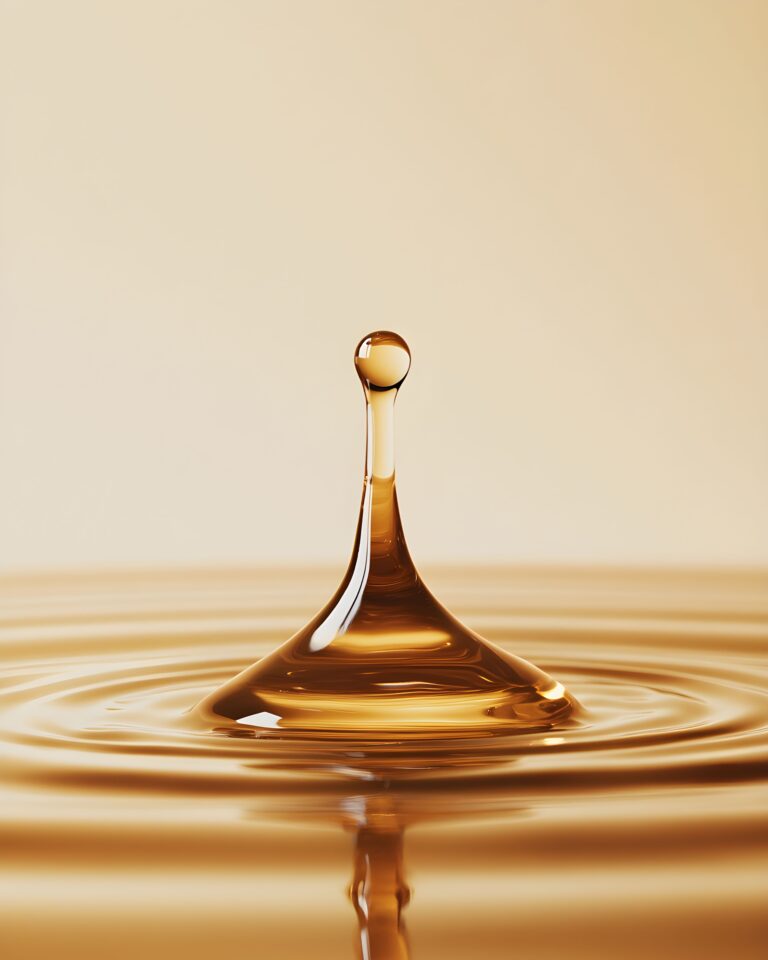Every day, millions of people apply cosmetic products without realizing they may contain toxic ingredients that could be sabotaging their health. From skincare and cosmetic items to personal care products like nail polish, hair products, and hygiene products, many formulas include harmful chemicals linked to skin irritation, reproductive harm, and even cancer.
Despite growing awareness, the cosmetics industry still allows potentially toxic compounds in products used in personal care products. Some of these substances can penetrate the skin, accumulate in the body, and pose long-term health risks.
What’s Hiding in Your Skincare and Beauty Products?
So what exactly should you be looking out for? This guide will break down the most widely used in cosmetics yet highly toxic ingredients to avoid, their harmful effects, and safer alternatives for a clean beauty routine.
Formaldehyde-Releasing Preservatives: Hidden Carcinogens in Cosmetics
Certain cosmetic ingredients slowly release formaldehyde, a human carcinogen identified by the International Agency for Research on Cancer. One such ingredient, DMDM hydantoin, is commonly used in cosmetic products like shampoos, body washes, and lotions to prevent bacterial growth.
Health effects include:
- Skin irritation and allergies, especially for those with sensitive skin
- Potential health risks linked to nervous system toxicity
- Association with certain cancers, according to the National Institutes of Health
Safer alternative: Look for natural ingredients like vitamin E, rosemary extract, and fermented radish root as preservatives.
Heavy Metals: The Silent Threat in Makeup Products
Color cosmetics like lipsticks, foundations, and eyeshadows can contain heavy metals such as lead, cadmium, and mercury. These metals are not intentionally added to cosmetics but appear due to contamination during manufacturing.
Health risks include:
- Neurotoxicity—certain heavy metals are toxic to the brain
- Skin allergies and irritation from prolonged exposure
- Reproductive harm, particularly from lead accumulation
Safer alternative: Choose brands that test their cosmetics and personal care products for heavy metal contamination and opt for cosmetic products used certified organic ingredients.
Parabens: Disrupting Your Hormones in Beauty and Skincare
Parabens are a type of preservative commonly used in personal care products such as moisturizers, foundations, and skincare products. These chemicals react with other chemicals in the body and mimic estrogen, disrupting hormone function.
Health effects include:
- Potential links to breast cancer and reproductive disorders
- Skin irritation and allergies in people with sensitive skin
- Endocrine disruption leading to hormonal imbalances
Safer alternative: Look for cosmetics due to be labeled paraben-free and opt for natural preservatives like plant-based antioxidants.
Phthalates: The Unseen Danger in Fragrance Ingredients
Phthalates are often added to cosmetics to help fragrances last longer. Found in perfumes, lotions, and deodorants, these toxic chemicals have been flagged as chemicals of concern due to their impact on human health.
Health risks include:
- Potential reproductive harm and hormone disruption
- Increased risk of asthma and allergic reactions
- Considered a highly toxic class of ingredients by the Council on Cosmetic Products
Safer alternative: Look for products that are applied without synthetic fragrances, or opt for essential oils as a fragrance alternative.
Sodium Lauryl Sulfate (SLS): The Skin Irritant in Everyday Care and Cosmetic Products
Sodium Lauryl Sulfate (SLS) is one of the most widely used in cosmetics and is found in products that create suds, including shampoos, body washes, and facial cleansers. SLS is a skin irritant that strips natural oils, leaving the skin vulnerable to redness, dryness, and sensitivity.
Harmful effects include:
- Breakdown of the skin barrier, leading to increased permeability
- Potential health risks when combined with ethoxylated ingredients, forming carcinogenic byproducts
- Irritates the skin and eyes, especially in baby products and sensitive skin formulas
Safer alternative: Use sulfate-free hair products and skincare products formulated with gentler cleansing agents like coconut-derived surfactants.
How to Protect Yourself from Toxic Ingredients in Skin Care and Personal Care
Avoiding harmful ingredients in cosmetics and personal care products doesn’t have to be overwhelming. Here’s what you can do:
✔ Check the ingredient list – Look for ingredients ending in -paraben, -phthalate, or formaldehyde-releasing compounds.
✔ Choose brands committed to safety – Look for certifications from environmental health organizations that conduct health risk assessments.
✔ Go fragrance-free – Many fragrance ingredients are undisclosed chemicals used to create artificial scents.
✔ Use EWG’s Skin Deep Database – This resource helps identify potentially toxic ingredients in products tested for safety.
Final Thoughts: Take Control of Your Beauty and Skincare Routine
The cosmetics industry continues to allow products containing toxic ingredients, despite known human health risks. But with knowledge and clean beauty alternatives, you can make informed choices that protect your health and skin well-being.







